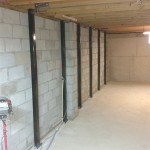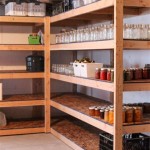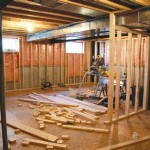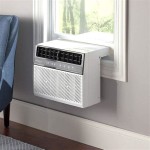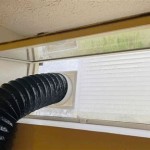Sound Insulation Between Basement And First Floor
Soundproofing between the basement and first floor is essential for creating a peaceful and comfortable living environment. Whether you're trying to minimize noise from a home theater or prevent sound from traveling between rooms, there are several effective techniques to achieve sound insulation.
1. Caulk and Seal Gaps
Small gaps and cracks around pipes, electrical outlets, and windows can allow sound to travel between floors. Use acoustic caulk or expanding foam to seal these openings, creating an airtight barrier.
2. Add Mass to Walls and Ceilings
Mass acts as a barrier to sound waves. Install soundproofing panels made of materials like drywall, mass-loaded vinyl (MLV), or acoustic foam to the walls and ceilings between the basement and first floor. These panels add weight and reduce the transmission of sound.
3. Use Resilient Channels
Resilient channels are metal tracks that isolate walls and ceilings from the floor joists. When drywall or soundproofing panels are attached to resilient channels, they create an acoustic break that prevents sound vibrations from traveling through the structure.
4. Soundproof the Basement Ceiling
Focus on soundproofing the basement ceiling, as it acts as the floor for the first floor. Install soundproofing insulation between the ceiling joists and cover it with a layer of drywall. Consider adding an additional layer of acoustic sealant or MLV for increased sound absorption.
5. Insulate Pipes and Ducts
Pipes and ducts can transmit sound throughout the house. Insulate them with fiberglass or foam insulation to reduce noise. Additionally, seal any openings around these pipes and ducts with acoustic caulk.
6. Install Acoustic Doors
Standard doors can let sound through, so replace them with acoustic doors. These doors are designed with soundproofing materials and have tight seals to minimize noise transmission.
7. Hang Curtains or Tapestries
Hanging heavy curtains or tapestries on walls and windows can help absorb and dampen sound. Choose fabrics that are thick and dense, such as velvet or canvas.
8. Use Soundproofing Rugs
Lay down thick, soundproofing rugs on the basement floor to absorb impact noise and reduce reverberation. Look for rugs made of materials like wool or jute that have sound-absorbing properties.
9. Consider Soundproofing Paint or Wallpaper
Soundproofing paint or wallpaper contains sound-absorbing materials that can help reduce noise levels in a room. Apply these materials to the walls and ceilings of the basement to enhance acoustic performance.
10. Create a Sound-Absorbing Area
If possible, create a designated sound-absorbing area in the basement. This area can be used for activities that generate noise, such as a home theater or music room. Install acoustic panels, soundproofing curtains, and other sound-absorbing materials in this space.

Insulation Between Basement And First Floor Why It Matters For Your Home 1 800 Remodel

How To Soundproof A Basement Ceiling

Soundproof A Basement Shop Finewoodworking

How To Soundproof Walls Floors Ceilings And Doors In New Construction Tm Soundproofing

How To Soundproof A Basement Ceiling The Only Guide You Ll Ever Need Better Soundproofing

6 Cheapest Ways To Soundproof A Basement Ceiling

Insulation Between Basement And First Floor Why It Matters For Your Home 1 800 Remodel

Botched Duplex Soundproofing The Expert

Keeping Shop Noise In The Basement Fine Homebuilding

Insulation Between Basement And First Floor Why It Matters For Your Home 1 800 Remodel
Related Posts

